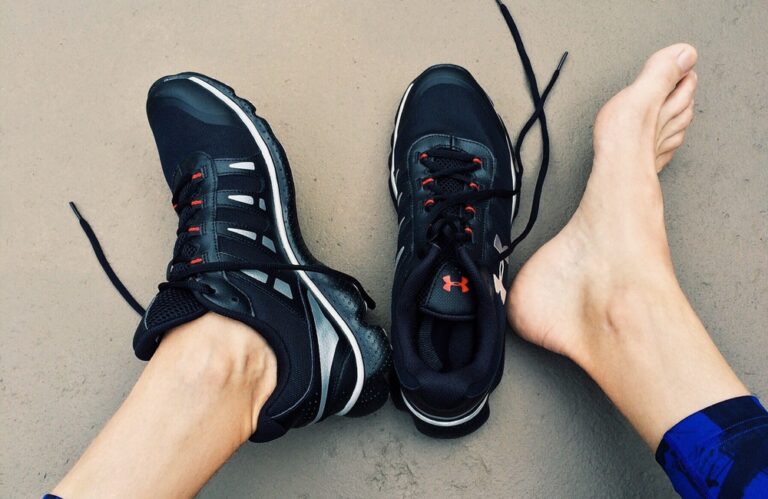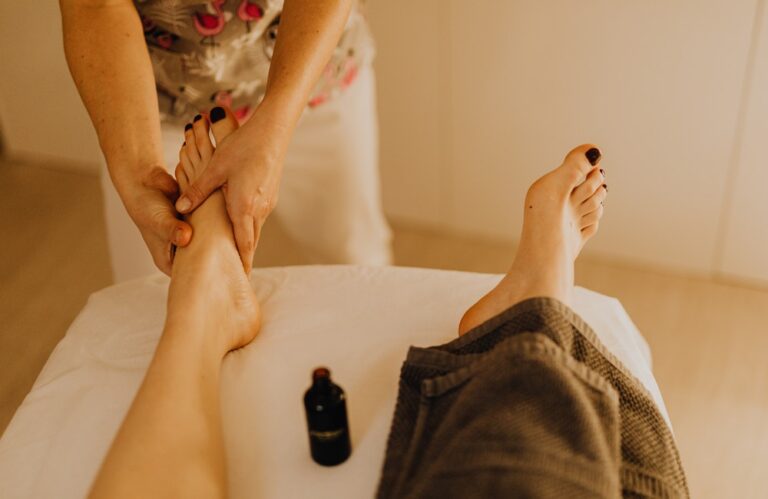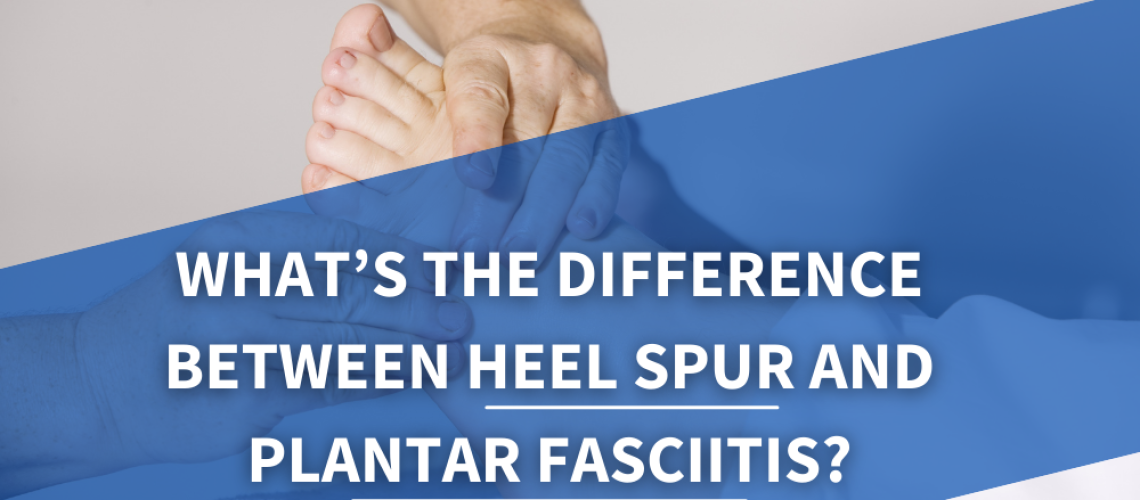What’s the difference between heel spur and plantar fasciitis?
If you’ve ever suffered issues related to your feet, you’ll know they can be painful and uncomfortable and stop you from getting on with your daily activities.

In this article, we’re going to take a look at two common conditions affecting the feet, heel spur and plantar fasciitis, and explain how osteopathy can help.
After reading it, you’ll know the difference and what steps to take to find relief.
What is a heel spur?
A heel spur is a bony growth that runs internally between your heel bone and the arch of your foot.
Heel spurs are caused by continued strain on your muscles and ligaments, which in turn stresses your heel bone and causes the bony growth to develop.
This strain can be caused by:
- Exercising on hard surfaces
- Wearing shoes that don’t support your feet
- Arthritis
- Being overweight
If you’re wondering, “what does a heel spur feel like?” you may be surprised to know that often people have no idea they have one until it’s discovered through an X-ray for another reason.
On the other hand, they could start experiencing inflammation, pain and swelling in the heel area, which can interfere with their day-to-day activities.
What is plantar fasciitis?
Plantar fasciitis (2) is another painful foot condition. Often, people who have plantar fasciitis go on to develop heel spur.
Plantar fasciitis refers to inflammation of the ligament (the plantar fascia) that connects the heel bone with the toes.
Just like heel spur, it can occur because of unsupportive footwear, overuse or excess weight.
The difference is that while plantar fasciitis tends to resolve on its own over time, a heel spur will always be there unless you have surgery to remove it.
Fortunately, this is not always necessary, and there are many treatments that can offer relief.
How to treat plantar fasciitis and heel spur
These non-surgical treatments can help relieve the discomfort of heel spur and plantar fasciitis:
- Cold compresses, to be applied for 15 minutes at a time
- Anti-inflammatory injections in the affected foot
- Over-the-counter pain relief
- Physiotherapy to stretch the heel and plantar fascia muscles
- Special shoe inserts to support your feet
Another effective option is heel spur and plantar fasciitis osteopathy. Osteopathy treatment involves manipulating the bones and tissues so that they align correctly and support the foot better.

Your osteopath may pair this with other treatments such as laser or shockwave therapy, which can be combined to optimize healing. This approach (3) is an effective way to relieve pain and promote the body’s healing processes.
Find relief for your foot pain
Plantar fasciitis and heel spur osteopathy is a gentle and effective way of relieving the pain and discomfort of these conditions.
If you’re suffering from foot pain, reach out to us at 403-814-0404 or book your appointment online at osteohealthcalgary.janeapp.com to find out how our caring professionals can help you.
Approved by Indira Ravaeva. Manual Osteopath. Member of National Manual Osteopathic Society and Osteopathy Australia.
References
1. Cleveland Clinic website. ‘Heel Spurs’, October 19, 2021. https://my.clevelandclinic.org/health/diseases/21965-heel-spurs.
2. Webmd website. ‘What Will My Doctor Do for My Plantar Fasciitis?’ December 18, 2020. https://www.webmd.com/fitness-exercise/treatment-for-plantar-fasciitis#1.
3. Wasilevski, L.’ Treatment of Patients with Musculoskeletal System Disorders with Combined Therapy – High Intensity Laser and Radial Shockwave Therapy,’ BTL website, https://www.high-intensity-laser.com/scientific-support-hil-study-musculoskeletal-system-disorders-01.

